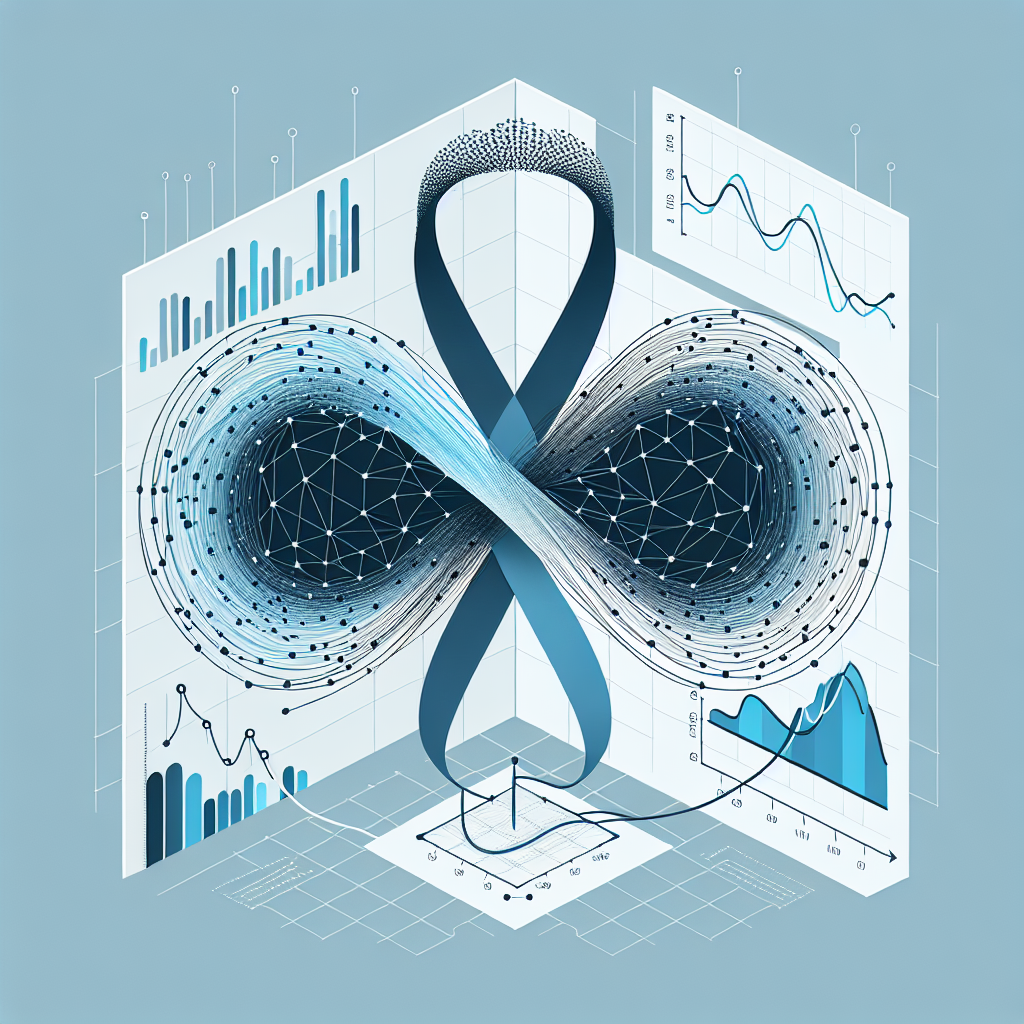Predictive modeling is a powerful tool in the world of data science, allowing businesses to forecast future trends and outcomes based on historical data. While traditional machine learning algorithms like linear regression and decision trees have been widely used for predictive modeling, recent advancements in deep learning have introduced new techniques that can further enhance the accuracy and efficiency of predictive models. One such technique is the use of recurrent neural networks (RNNs).
RNNs are a type of neural network that is designed to handle sequential data, making them particularly well-suited for tasks like time series forecasting and natural language processing. Unlike traditional feedforward neural networks, which process each input independently, RNNs have connections between nodes that allow them to retain information about previous inputs. This enables RNNs to capture patterns and dependencies in sequential data, making them ideal for predictive modeling tasks where the order of data points is important.
One of the key advantages of using RNNs for predictive modeling is their ability to handle variable-length sequences of data. This is particularly useful in time series forecasting, where the length of the historical data may vary from one time series to another. RNNs can automatically adjust their internal state based on the length of the input sequence, making them more flexible and adaptable compared to traditional models.
Another advantage of RNNs is their ability to learn long-term dependencies in the data. Traditional machine learning algorithms like feedforward neural networks and support vector machines often struggle with capturing long-range dependencies in sequential data, as they are limited by the fixed size of their input windows. In contrast, RNNs can theoretically capture dependencies across any number of time steps, making them more effective at modeling complex patterns in the data.
In addition to their flexibility and ability to capture long-term dependencies, RNNs also have the advantage of being able to incorporate feedback loops into their architecture. This allows them to learn from their mistakes and continuously improve their predictions over time. By iteratively adjusting their internal weights based on the error in their predictions, RNNs can gradually improve their performance on predictive modeling tasks.
Overall, the use of recurrent neural networks can significantly enhance the accuracy and efficiency of predictive modeling tasks. By leveraging their ability to handle sequential data, capture long-term dependencies, and incorporate feedback loops, RNNs offer a powerful tool for businesses looking to improve their forecasting capabilities. As deep learning continues to advance, we can expect to see RNNs play an increasingly important role in predictive modeling across a wide range of industries.
#Enhancing #Predictive #Modeling #Recurrent #Neural #Networks,rnn


Leave a Reply